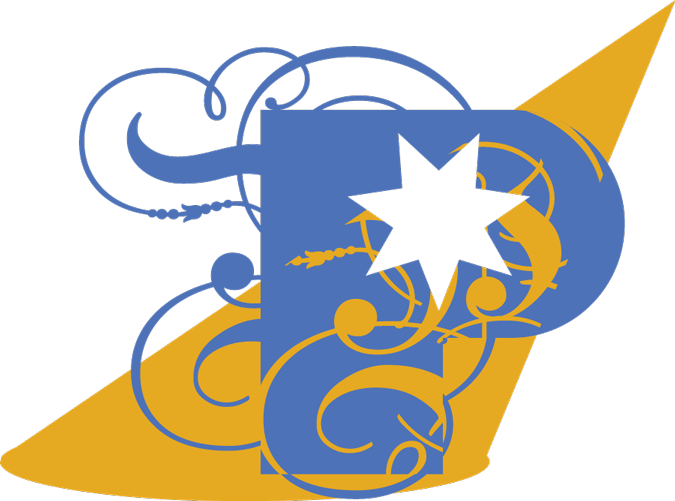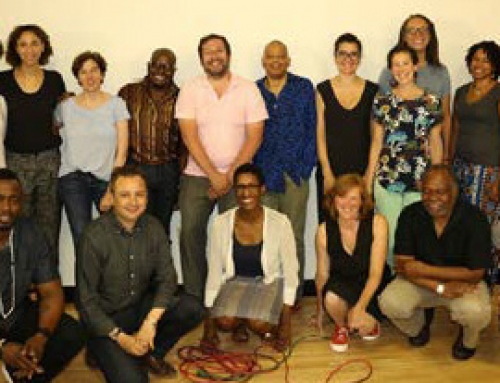I’m happy to share that I am one of two phenomenal Dance/USA Research Fellows for Fall 2014!!!
(along with the amazing Elise Drew)
What am I researching you ask?!
Well I’ve only been brainstorming for a couple of weeks, but I’d like to share where I am so far. These ideas are all mine and are no reflection of Dance/USA, but I’m looking forward to being a challenging, innovative force in the space. Anyone who knows me knows how I do!
The question that I’m interested in researching is:
How does the non-profit industrial complex manifest in and affect the dance community, particularly artists of color?
Incite! defines the non-profit industrial complex as
- a system of relationships between:
- the State (or local and federal governments)
- the owning classes
- foundations
- and non-profit/NGO social service & social justice organizations
that results in the surveillance, control, derailment, and everyday management of political movements.
The state uses non-profits to:
- Monitor and control social justice movements;
- Divert public monies into private hands through foundations;
- Manage and control dissent in order to make the world safe for capitalism;
- Redirect activist energies into career-based modes of organizing instead of mass-based organizing capable of actually transforming society;
- Allow corporations to mask their exploitative and colonial work practices through “philanthropic” work;
- Encourage social movements to model themselves after capitalist structures rather than to challenge them
Using this definition, I would like to:
- define the non-profit model as it relates to and represents what The People’s Institute for Survival and Beyond defines as white organizational culture
- define the barriers that manifest in dance as a result of the above defined non-profit model and how those barriers align with the non-profit-industrial complex
(see examples in the clouds of the mind map: racism, hierarchy, politics, lack of funding, etc.) - use interviews and social media to gather personal accounts of how these barriers exist and how they have affected individual in the dance community
- complete short case studies (I use that term very loosely) with organizations such as Global Kids, Inc., 651 ARTS, Urban Bush Women, and Momix that have either adjusted the non-profit model to fit their needs or have chosen to work in an alternative business model
- offer a report that clearly defines how the non-profit model is literally stopping us from dancing with the intention of developing and testing strategic solutions based on the report in the future
I spent the past week in conversations, e-mails, and phone calls with dancers, choreographers, administrators, and writers along with my own self-analysis and questioning. It is my intention to continue a community-based research process as much as I can. While the how of my research is still very up in the air, it has been voiced to me that it is a necessity, and I am committed to serving that need as best I can in this 2 month fellowship period.



